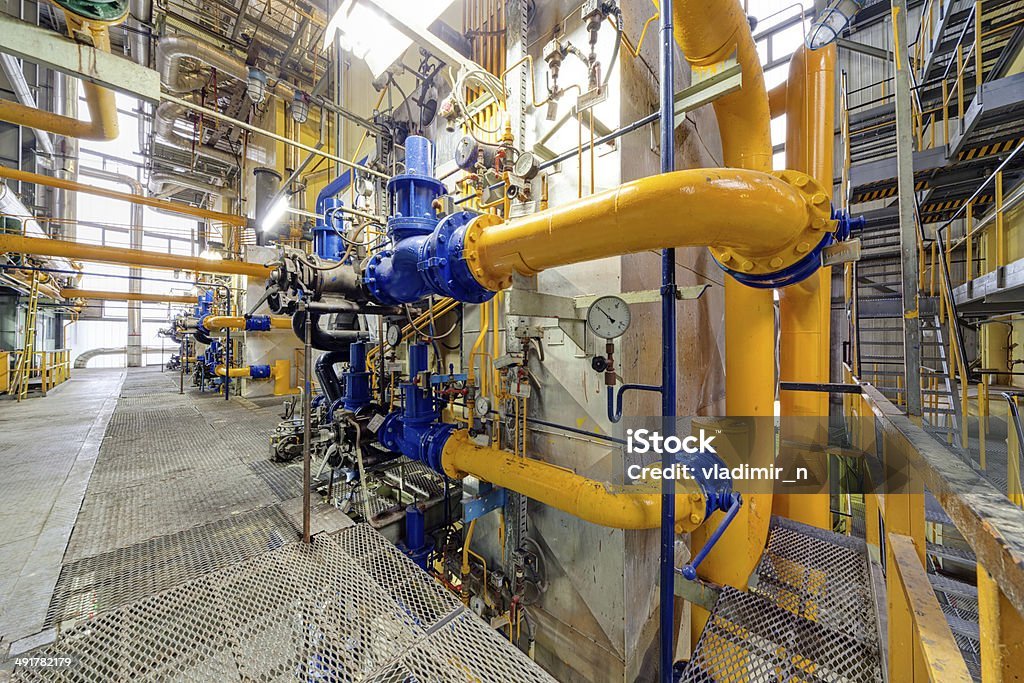India is the third largest consumer of energy in the world, and energy efficiency is an important part of the country’s strategy to meet its growing energy demand. According to the International Energy Agency (IEA), energy efficiency has contributed significantly to reducing India’s energy demand growth in recent years. Energy efficiency is often the first fuel in consideration for clean energy transition and the single largest measure to avoid CO2 emission towards net-zero commitments.
The Government of India has implemented a number of initiatives to improve energy efficiency in the country, including the Perform Achieve Trade (PAT) program, which is a market-based mechanism to improve the energy efficiency of designated energy-intensive industries. Under the PAT program, BEE sets energy performance targets for designated consumers (DCs), which are large energy-consuming industries that are required to participate in the program. DCs that exceed their energy performance targets can earn tradable energy saving certificates, known as “white certificates,” which can be sold to other DCs that are unable to meet their targets. The program has been successful in encouraging the adoption of energy efficiency measures in India, with over 1,200 DCs participating in the program and over 2,000 energy efficiency projects being implemented. The program has resulted in significant energy savings and has reduced greenhouse gas emissions.
The PAT program helped India achieve energy savings of approximately 26 Mtoe (million tons of oil equivalent) and reduce greenhouse gas emissions by approximately 70 million metric tons. As per a report by Bureau of Energy Efficiency (BEE), energy intensity (measured as energy consumption per unit of GDP) in the Indian industrial sector has decreased by over 20% between 2005 and 2020 due to the implementation of energy efficiency policies and programs.
In addition, the Government of India has also implemented building codes and standards, appliance standards and labelling programs, and other initiatives to improve energy efficiency in the residential, commercial, and industrial sectors. The Industrial Energy Efficiency Scheme (IEES), which was launched in 2018, provides financial incentives to industries that adopt best practices in energy management and invest in energy-efficient technologies.
Energy efficiency along with electrification, digitalisation, material efficiency and behaviour modifications contribute to the overall goal of net-zero. These measures form the basis for the nationally determined commitments towards emission intensity reductions and energy intensity improvements. Currently, IEA also reports that the energy intensity improvements need to be about 4% per year and it is significantly off track.
For an individual firm, improving energy efficiency can have a range of benefits for a company’s triple bottom line, which includes financial performance, social impact, and environmental sustainability. By using less energy, companies can reduce their greenhouse gas emissions, which can help mitigate the negative impacts of climate change. At the same time, using less energy can also help a company save money on its energy bills, which can have a positive impact on the bottom line. There are many different strategies that a company can use to improve its energy efficiency and reduce its emission intensity, including: upgrading to energy-efficient equipment, implementing energy-efficient practices, investing in renewable energy, conducting an energy audit.
Despite the overall benefits and immediate impact on the bottom-line of companies, there are several reasons as to why energy efficiency projects have not taken off in India as much as in some other countries. These are broadly due to limited awareness, access to finance and lack of technical expertise in the implementing firms, particularly in the small and medium enterprises (SME) sector. Further, this is compounded due to policy and regulatory barriers such as lack of clear and consistent energy efficiency regulations and a lack of coordination among different government agencies. The market is also not mature with non-standardized products and services.
In order for the market to mature and become standardized, measurement and verification (M&V) protocols play an important role. M&V is the process of measuring and documenting the energy savings achieved through energy efficiency measures. M&V is an important step in the energy efficiency process, as it allows stakeholders to determine the effectiveness of these measures and identify opportunities for further improvement. They are also important to improve regulatory and policy barriers.
M&V is typically carried out by an independent third party to ensure accuracy and credibility and its results can be used to validate energy savings claims, inform decision-making, and improve the performance of energy efficiency programs. However, many M&V systems suffer from lack of standardization and lack of availability of data, thus preventing the unlocking of its true potential to improve energy intensity of the economy. A transparent M&V platform with a credible protocol is necessary for enabling market mechanisms for trading any benefits accrued from the energy efficiency interventions.
Through the Industrial Energy Assessment Cell (IEAC) network, the Energy Consortium at IIT Madras is working towards establishing baselines and developing tools to assess, monitor and validate performance of energy efficiency measures. IEAC helps firms with energy audits/assessments and provides implementable solutions based on data from a recommendation bank from audits performed across sectors. An audit or assessment is often the first step, followed up with support on implementation including suggestion to mitigate challenges.

Author: Prof Satyanarayanan Seshadri



